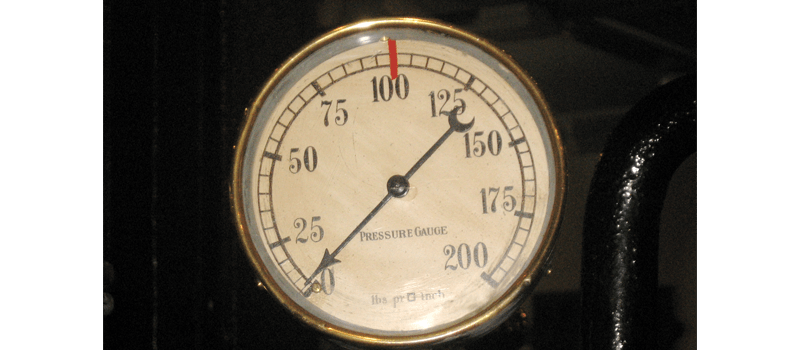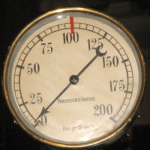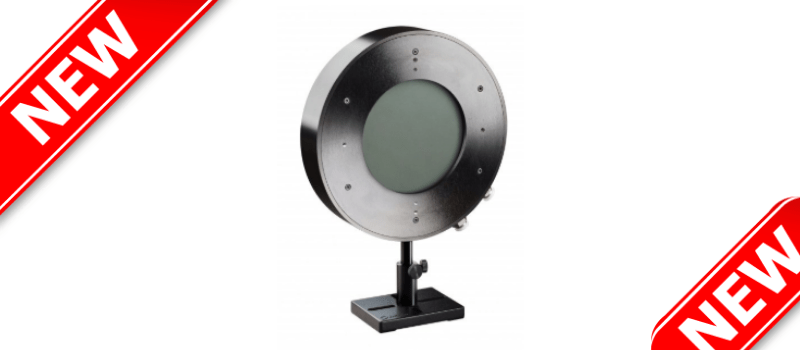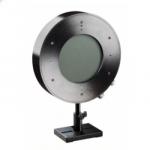Determine the peak power of a continuous-wave (CW) laser is easy, as it is equal to its average power; we just need to use a suitable power meter, depending on the characteristics of the laser beam. However, things get more complicated when working with pulsed lasers, which emit periodic bursts of light. For these lasers the average power differs significantly from the peak power (i.e., instantaneous power).
Determine the peak power of pulsed lasers
Pulsed lasers are frequently used today in numerous applications, ranging from industrial manufacturing and inspection of electronic components, through various medical devices to basic scientific research. Besides the average power, a pulsed laser has several other parameters that should be considered, the most important ones being the laser repetition rate (i.e., how many pulses per second?) and the pulse width (i.e., what is the duration of each of these pulses?). For a given average power the laser’s peak power increases as the pulse duration decreases, as more energy is delivered during shorter time intervals.
Measuring the average power of a pulsed laser is also easy: point the laser towards a power meter with slow response time and record the steady state power. But how can we determine the laser’s peak power? Ideally we would want to use a sensor that measures the rise and fall of each pulse and outputs the instantaneous power at any given time. It is possible to measure the pulse shape for long-enough pulses with a photodiode and sampling electronics, and use the known average power or pulse energy to calculate the laser’s peak power. More details about this calculation can be found in this blog post. However, if the laser pulses are ultrashort (in the nanosecond scale and shorter) this measurement method becomes practically impossible and more sophisticated methods are required to estimate the pulse’s duration.
Instead, if we want to get a ballpark estimation of the peak power, we can use Ophir’s Laser peak power calculator: First, we choose between a Gaussian or tophat beam profile (in the latter case we should also choose between circular and rectangular beam shapes). Next, the required input parameters are the beam diameter, which can be measured using one of Ophir Spiricon’s beam profilers, and the average power or pulse energy, which can be measured using one of Ophir’s power or energy meters. We also need to enter the repetition rate and the pulse width of the laser, typically defined by the laser manufacturer. Then, by assuming that the temporal shape of the laser pulses is rectangular the calculator outputs the peak power and the peak power density.
The above assumption only holds for quasi-CW laser sources that typically emit pulses with a minimal duration of 10 microseconds. In these systems the laser is only switched on at certain time intervals, so square pulses are possible to get. This is in contrast to genuine pulsed laser systems, in which the laser pulses are generated using a different physical phenomenon, allowing much shorter pulses but with different pulse shapes (typically resembling Gaussian shape).
Let’s see how it works in the real world…
Let’s use some real numbers and see if our calculation method yields reasonable results: if we take Spectra Physics’ Mai Tai DeepSee laser specifications (70 fs pulse duration) and enter them into Ophir’s calculator we get a peak power of 429 kW, close to the 425 kW defined in the specifications. Repeating this calculation for Spectra Physics’ femtoTrain 1040-3 laser (370 fs long pulse) yields a peak power of 946 kW, a bit higher than the 830 kW guaranteed in the specs. Plugging in the numbers for Spectra Physics’ HIPPO-1064-27 laser (30 ns pulse) gives a peak power of 9 kW, similar to its datasheet.
To conclude, Ophir’s Laser peak power calculator can provide a good estimation for the peak power and peak power density of a pulsed laser. These estimates can be very useful when choosing the right optical elements and suitable sensors for your system without the need to fully characterize the laser pulses.










Leave a Reply
Your email address will not be published. Required fields are marked *